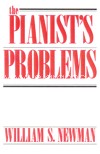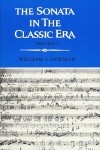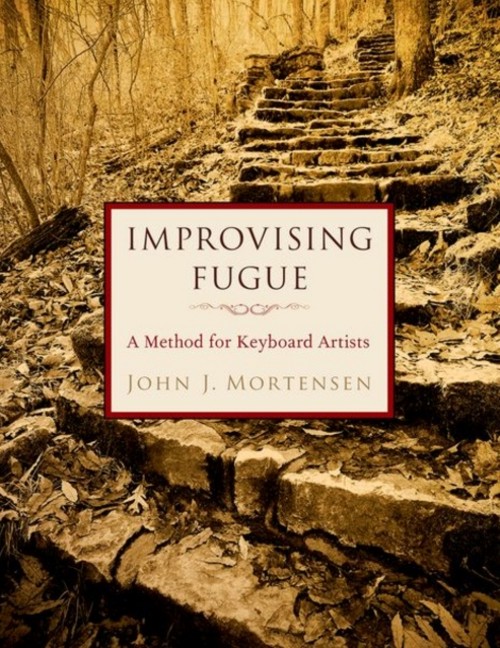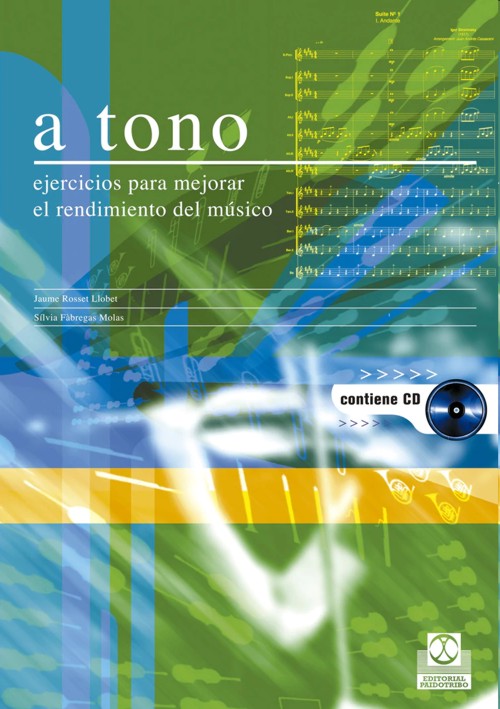
The Pianist's Problems. A Modern Approach to Efficient Practice and Musicianly Performance
Newman, William S.
Da Capo Press. 1984Ficha técnica
- EAN: 9780306802690
- ISBN: 978-0-306-80269-0
- Editorial: Da Capo Press
- Fecha de edición: 1984
- Encuadernación: Rústica
- Dimensiones: 22x14
- Idioma: Inglés
- Nº páginas: XIII+208
No disponible temporalmente
Disponibilidad sujeta a la información del editorPVP. 22,45€
Añadir a la Lista de deseos
Fourth edition.
With a foreword by Arthur Loesser.
Illustrated by John V. Allcott.
New preface by the author
The reader must have noted in the favorite magazines of the practicing pianist how often the same troubled queries reappear: How can memorizing be made easier and more secure? How can the fourth and fifth fingers be strengthened? What produces musicianship? These and many others are perennial questions of the greatest practical importance to student, teacher, and performer. Strange, then, that adequate answers are so hard to find. With all the time and effort devoted to the study of the piano, with all the advances in the psychology of training, with all the special studies that have been conducted, there should be, by now, if not one right answer to each question, at least a preferred answer that will be right for the large majority of pianists.
As a matter of fact, there are preferred answers in almost every instance...The need is to bring these answers together, in one place, and to present them in nontechnical language as a concise, up-to-date, coordinated philosophy of piano playing. To meet this need, the present book has been written.
CONTENIDO
Foreword by Arthur Loesser
Preface to the Fourth Edition (1984)
A preview of the problems
1. Musicianship
On learning to play by ear
Sight-reading for profit and pleasure
Join an ensemble to be musical
Music and books: the tools of the profession
2. Technique: the basic mechanisms
About sitting and hand positions
The four main playing mechanisms
The use of the fingers
The use of the hand
The use of the forearm, upper arm and trunk
Some combination touches
3. More technique: the basic exercises
Do formal studies serve their purpose?
Making the most of scales and other drills
Creating exercises out of actual situations
4. Practice
Fingering can make or break a piece
Counting and rhythm as clues to authoritative playing
Touch and tone. Fact and fancy
Do you hear what you pedal?
Practice methods that save time and efforts
Is memory your undoing?
5. Performance
Interpretation: the sum of understanding, experience, and talent
That last mile that means perfection
The worst bogey of them all. Stage Fright
6. Nine steps in learning a new piece
Steps 1 to 3: Laying the groundwork
Steps 4 to 6: Learning the notes
Steps 7 to 9: Playing the music
7. Il maestro e lo scolare
An approach through sight-reading
Learning by intuition, imagery, or facts?
Some source references for enterprising pianists
Index






